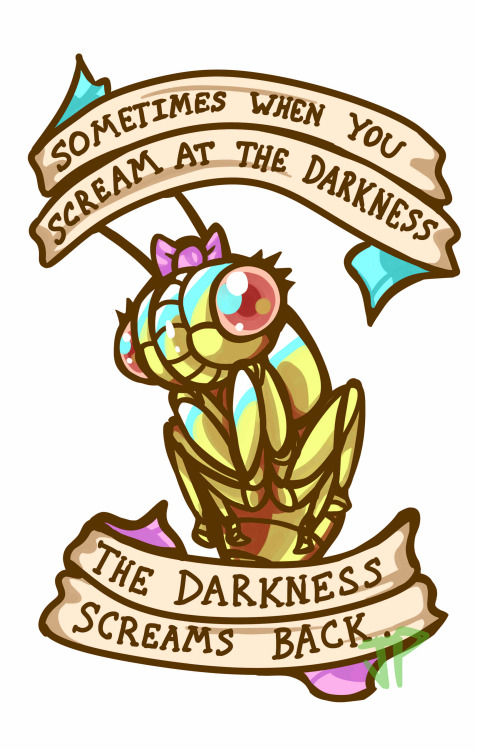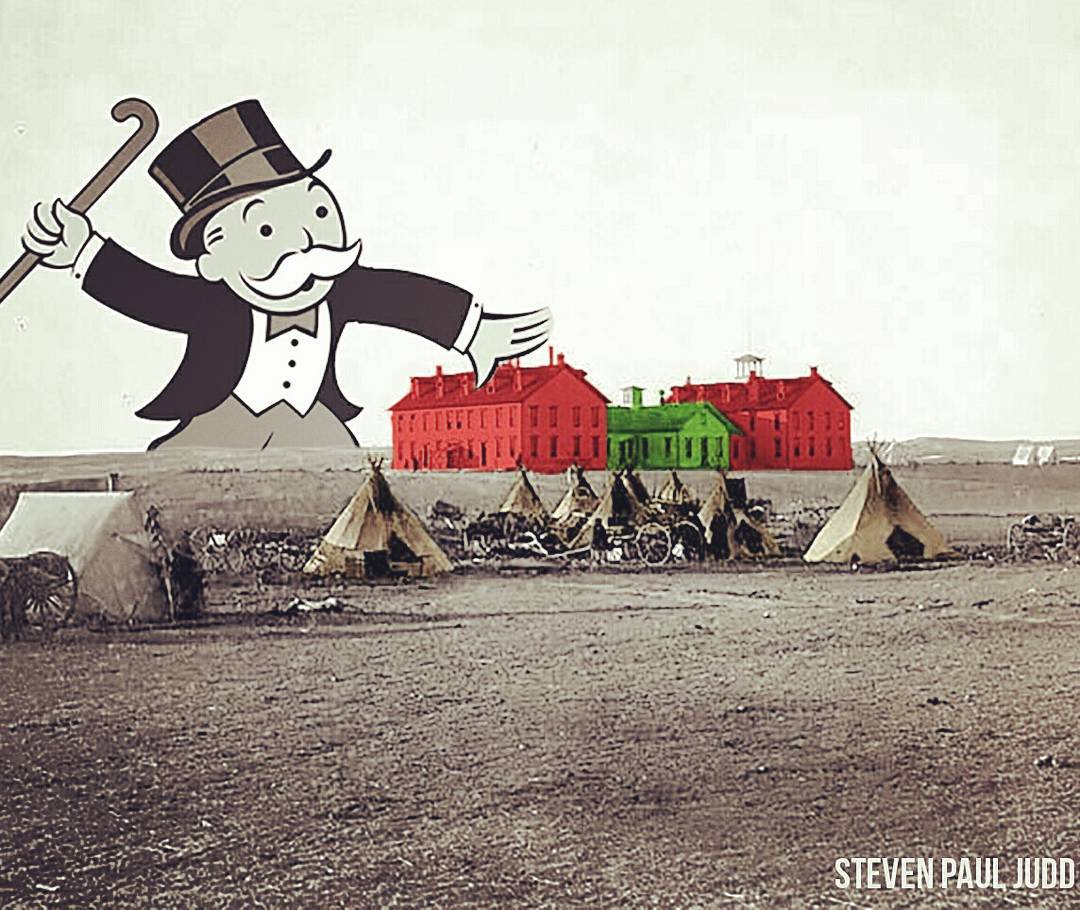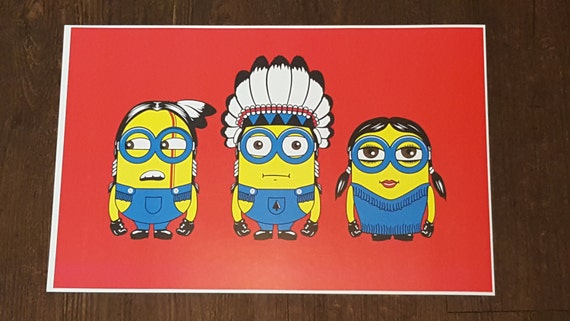Did you know that "Leisure studies" is a real discipline? Sounds like something your 20 year old cousin living in his parents basement tells people he does. I really wanted to read this article, "
Rec needs a New Rhythm Cuz Rap is Where We're Livin'" as it was about rap and indigenous peoples, another of my areas of interest. It was so awesome. It is written by Brett Lashua and Karen Fox, and looks at how an, "...autoethnographic strategy for self-reflection..." can be useful for investigating issues in leisure theory, especially as it meshes well with Indigenous ways of sharing stories and learning. Basically they are saying that researchers need to recognize the role they are playing as researchers and actually participate in and engage with the communities they are studying in order to understand these people. In this case, they are engaging a group of indigenous young people who like rap.
This article has a great sense of voice. The authors situate their initial discomfort - they are middle aged white people who do not understand what rap means to these youth. The perspective of the authours are told in their own voices as quotes in the main article. Lashua and Fox speak about the need to really listen and quote research showing, "...listening as vulnerability to the radical alterity of the other." The article tells chronicle the changes the researchers experience while completing this study and propose solutions grounded in these experiences.
The story that stays in my mind from this article is of a young girl showing the researcher an alley. She is happy and talks about how great this space was as they had been able to come here, have fun and be safe. The researcher talks about their reaction to seeing this "dirty alley" and being appalled to think of kids being there, while simultaneously overlaying the stories of the girl about how this alley was safer than the alternatives and how was a place with good memories.
I loved the discussion about rap in this paper. They note the popularity of Rap with indigenous youth as both the act of rapping and the communicated messages are actually, "...powerful forms of storytelling," with stories told both through the music but also the performance. They discuss how the layers of the song and the responses of the listener were a kind of dialogue, maybe even a separate language. They note that this interplay of sounds and complicated play of beats mirrors our human experience, where we are faced with our vulnerabilities and differences. Where learning involves remaining in relationship with the uncomfortable and different. That it is about challenging ourselves in how we respond to the kinds of difference we are faced with in our lives or in the music.
They also speak to the role rap plays as, "...an expression of political and social struggles around Aboriginal-Canadian culture and identity." They allude to the questions of vocabulary and created space where something that was formerly unsayable can be spoken, if only by some people (certain previously negative colonial words are reclaimed). Through this construction, a power is created for those who may otherwise not have power in their lives. They also paraphrase Lipsitz from, "We know what time it is,"in how rap draws attention to the realities of urban life for marginalized peoples and offers up their perspectives of these experiences.
The researchers started out by listening to the rappers rap. One researcher comments on learning about the "mash up" where disparate songs are brought together to form something new. She notes that this became a powerful metaphor in her work as it offered a path forward for exploring the combination of disparate identities and cultures together.
Lashua and Karen Fox also spoke to the call and response nature of rap and how this metaphor gave space to investigate the roles that they play as researchers and the need for research to be an interactive process with time for active listening, and time for responding. They aimed to mirror this with an internal dialogue about the spaces they inhabit and the layers of themselves. They tried to experience the music as a researcher, as a person, as a member of a community (woman, queer...) to understand these layers and how they interact, and to see what a whole has to say as opposed to just understanding the, "research lens".
This work to me felt like living
Bruno Latour (see my
blog post here). Latour questioned the idea of scientific impartiality at a time when that was the standard. He argued, that the scientist, even if unintentionally would have an impact on his research, and that maintaining this illusion of impartiality was not helpful. It felt like Lashua and Fox decided to take on this challenge. They don't reference Latour, and it has been some time now since this works came out, so perhaps the link to Latour is deeper in the history of this discipline or just in my imagination, but it was pretty cool to see. It also goes to the question of voice that I keep trying to understand, as it related to my role in writing this blog and in how I want to communicate professionally as a Métis person.
They quote a rapper talking about preconceptions and they note how this often can influence their research. For example, the cite the wide variety of reasons the students have for rapping that they might not have fully considered previously, including resistance, attachment to alternative lifestyles and efforts to blend traditional and modern/urban realities. Lashua and Fox talk about how they came to see how the skills and talents of the rapper could be understood as leadership capacity that could be harnessed in other spaces.
They explore the research about how rap can be part of a practice of decolonization, where people are telling their own stories, in their own voices and controlling how they are represented, which can affirm new or emerging identities. They explain that while, "...conventional concepts of dialogue imply a "sameness: (i.e., attempts by the listener to find commonality or to require the other to fit into pre-existing categories,) dialogue potentially becomes an instance of violence or harm. To listen to the alterity requires attention to the responsibility the listener has for the Other and ask, "what does listening require differently of me?"
This strikes me in the wider context of another paper I recently read by Corntassel, Chaw-win-is and T'lakwadzi called, "
Indigenous Storytelling, Truth-telling, and Community Approaches to Reconciliation", where they stress that reconciliation is not about saying that bad things happened and then moving on, but that it is about taking on a series of hard conversations about how we live with the bad things and while working to redress the imbalances resulting from the full harms from the original bad thing. This relationship of this dialogue, with the process of creating rap makes a lot of sense. Rap can be violent to the listener, asking a lot of concentration, demanding a willingness to stay with something that is not comfortable, to see where the rapper is taking you and to experience what they are creating.
Lashua and Fox return to the value of the autoethnography and of letting go of the idea that research is going to solve problems, but to see it rather as a path which can bring new questions to light and uncover different paths. Fox quotes Denzin "Performance Ethnography", " If the world is a performance, not a text, then today we need a model of social science that tis performative." This just oozes school of Judith Butler. So exciting. See some of my posts about performativity
here, and
here) The response of performativity to a performative world makes sense to me.
Lashua and Fox speak about how this approach allowed them to better understand/listen to what the students got out of risky behavior instead of focusing on trying to stop it. They listened to the rap to understand where the students were coming from and what they saw as valuable, and they came to see the wider role its creation played in reproducing/reclaiming indigenous identity and culture. The researchers note that their ideas of what was appropriate leisure was dramatically altered by the relationships they made conducting their research. They felt that this approach allowed them access to the fuzzy border spaces and enabled them top ask new questions as they were able to gain trust and re-contextualize previous knowledge and assumptions. They consciously worked to move beyond binaries , that certain leisure activities were good or bad. They she the example of "proper language". What if "fuck" is the appropriate word for your lived experiences? Is it a "bad" word? Are attempts at social modifications going to be successful without understanding the why? Maybe social modifications aren't even the right response. Maybe working through our middle class social discomfort with the word is a feasible response?
They note that anger and violence have a negative connotation in our culture and the general impulse is to try and quiet it or label it as inappropriate. But Lashua and Fox argue that rap allows a space for these feelings to be expressed, and that their expression may be a helpful for those who are struggling in their lives. They caution that in having this dialogue, they have striven for equality, so that it is not an exercise in making the Other more palatable. In listening, you might hear things you don't want too know. They end with a sad footnote, where the new planned community center for this population has no space or equipment for rapping, but had a room for "coral music and meditation," as well as a gym stocked with socially acceptable sports equipment, which many of the community served are not interested in.
I loved this piece. Maybe I am not critical enough, but there is so much to think through and implement in this article. I play both roles as social scientist and a Métis loving rap while thinking about identity and healthy life in the urban context. This article suggest how these disparate things maybe able to coexist healthily, not at war with each other but combining to create a space for invention and creation. So maybe listening to
Shibastick talking about hunting moose while I work in my cubicle is part of the decolonization process. What helps you peel back the edges of those liminal spaces?
 Cornelius Kellogg was known as an "Indian princess" and "Indian Joan of Arc" by the media. She also traveled extensively through Europe and thought seriously about how to find a way through colonization. It is amazing to think of this woman pushing forward at a time when women did not yet have the vote, facing racism and the damage to her culture. There is a kind of hope that comes through her actions. This was before the entrenchment of the policy of disappearance and the introduction of residential schools and she was putting forward an alternative vision. How different the last 100 years if people had been listening.
Cornelius Kellogg was known as an "Indian princess" and "Indian Joan of Arc" by the media. She also traveled extensively through Europe and thought seriously about how to find a way through colonization. It is amazing to think of this woman pushing forward at a time when women did not yet have the vote, facing racism and the damage to her culture. There is a kind of hope that comes through her actions. This was before the entrenchment of the policy of disappearance and the introduction of residential schools and she was putting forward an alternative vision. How different the last 100 years if people had been listening.




































